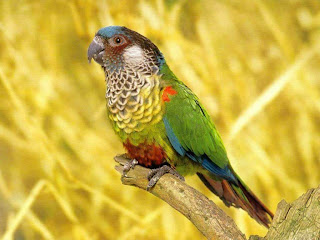Black Panther: A black panther is typically a melanistic color variant of any of several species of larger cat. In Latin America, wild 'black panthers' may be black jaguars (Panthera onca); in Asia and Africa, black leopards (Panthera pardus); in Asia, possibly the very rare black tigers (Panthera tigris); and in North America they may be black jaguars or possibly black cougars (Puma concolor – although this has not been proven to have a black variant), or smaller cats.Melanism in the jaguar (Panthera onca) is conferred by a dominant allele, and in the leopard (Panthera pardus) by a recessive allele.
Close examination of the color of these black cats will show that the typical markings are still present, but are hidden by the excess black pigment melanin, giving an effect similar to that of printed silk. This is called "ghost striping". Melanistic and non-melanistic animals can be littermates. It is thought that melanism may confer a selective advantage under certain conditions since it is more common in regions of dense forest, where light levels are lower. Recent, preliminary studies also suggest that melanism might be linked to beneficial mutations in the immune system.
Black Panther
Black Panther
Black Panther
Black Panther



















































